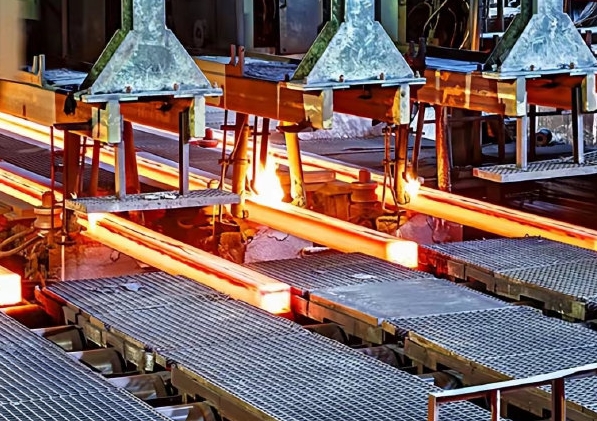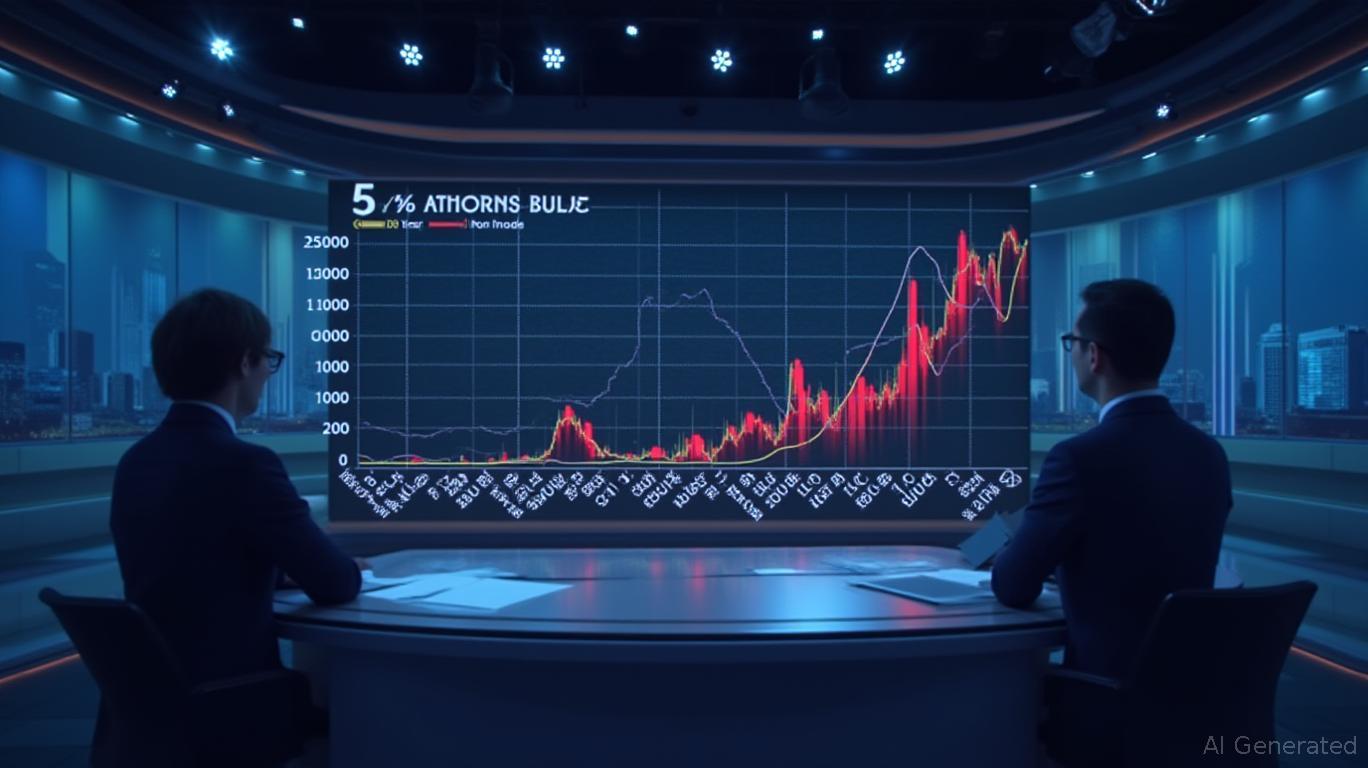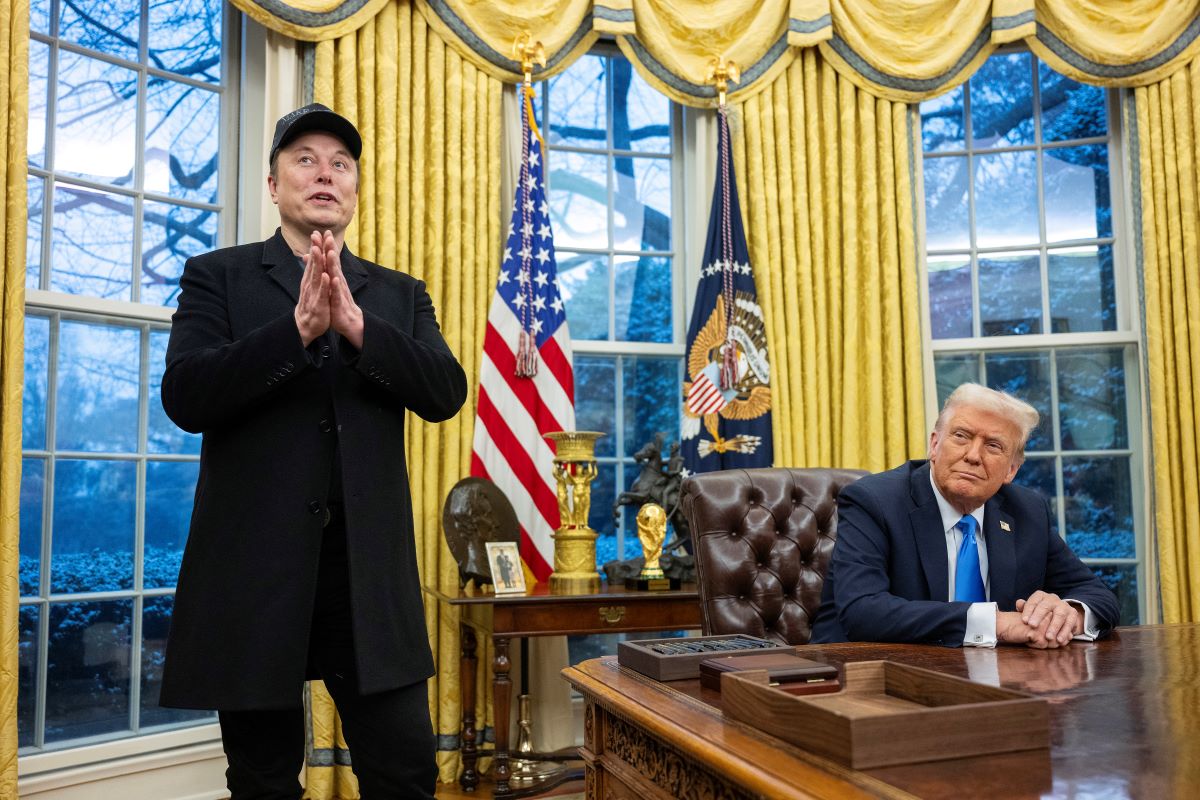Stellantis Navigates Tariff Turbulence: A Delicate Balance of Risk and Resilience
The automotive industry’s latest battleground is not on the racetrack but in the boardrooms of policymakers. stellantis, the world’s fourth-largest automaker, has become the latest casualty of U.S. trade policy uncertainty, suspending its 2025 financial guidance as tariff deadlines loom. This move underscores the precarious position of global manufacturers caught between geopolitical tensions and the need to maintain investor confidence. Let’s dissect the challenges—and opportunities—facing Stellantis as it braces for the May 3 auto parts tariff wave.

The Tariff Tsunami: Costs, Cash Flow, and Complexity
Stellantis’ suspension of guidance is a stark acknowledgment of the financial and operational minefield created by U.S. tariffs. Starting May 3, imported auto parts face new levies, compounding existing 25% duties on vehicles. While automakers can seek partial reimbursements (3.75% of a car’s value in Year 1, 2.5% in Year 2), the upfront cash outlay creates a liquidity squeeze. For Stellantis, which reported a 14% year-over-year revenue drop to €35.8 billion in Q1 2025, this adds to existing pressures from declining shipments and regional market headwinds.
North America, a critical profit driver, saw shipments plunge 20% in Q1 due to production disruptions and inventory shifts. Yet, there’s a silver lining: U.S. retail orders surged 82% in March 瞠 21-month highs. This pent-up demand could evaporate, however, if tariffs force price hikes of 10–15%, as analysts predict.
Regional Realities: Winners and Losers in the Tariff Crosshairs
While North America struggles, Europe is a bright spot. Stellantis captured a 17.3% market share in Enlarged Europe in Q1, up 1.9 percentage points, thanks to new models like the Citroën C3 Aircross. In South America, the firm maintained a 23.8% market share, but Middle East/African markets faltered due to import restrictions. Meanwhile, Asia-Pacific shipments dropped as Stellantis reduced inventory to adapt to shifting demand.
The company’s global footprint offers resilience, but tariffs threaten to upend this balance. For instance, vehicles finalized in U.S. plants may qualify for reimbursements, incentivizing localized production. Yet, this requires costly retooling and supply chain reconfiguration—expenses Stellantis must weigh against tariff mitigation benefits.
Strategic Adjustments: Cost-Cutting, Innovation, and Policy Engagement
Stellantis isn’t waiting passively. It has launched three new models in Q1, introduced Level 3 autonomous driving tech (STLA AutoDrive 1.0), and deepened its partnership with Mistral AI for in-car assistants. These moves aim to boost margins and differentiation in a price-sensitive market. CFO Doug Ostermann emphasized “early progress” in North America, but the company’s 9% Q1 shipment decline and €0.68/share dividend approval signal a focus on stability amid turbulence.
The firm is also lobbying policymakers aggressively. A successful tariff waiver or policy reversal could revive its guidance, but the administration’s track record on trade is inconsistent. For now, Stellantis’ “highly engaged” stance is its best hedge against further shocks.
Conclusion: A High-Risk, High-Potential Play
Investors in Stellantis face a classic risk-reward conundrum. The company’s suspension of guidance reflects material risks: tariff-driven cost inflation, regional market volatility, and the cash flow drag of prepaying duties. Yet, its Q1 data—beating revenue expectations, gaining European market share, and boosting order volumes—suggests latent strength.
Crucially, Stellantis’ strategic moves—localized production pivots, tech investments, and new product launches—could position it to capitalize on post-tariff market shifts. If tariffs are phased out or softened, its agility could yield outsized returns. However, if uncertainty persists, its 32% YTD stock decline could deepen.
The verdict? Stellantis is a speculative bet for investors willing to tolerate high volatility. Its stock trades at a P/E ratio of 6.8 (as of Q1 2025),
In the end, Stellantis’ fate hinges on two variables: the durability of U.S. tariff policies and its ability to execute cost-saving, innovation-driven strategies. For now, the road ahead is bumpy—but not without exits.










